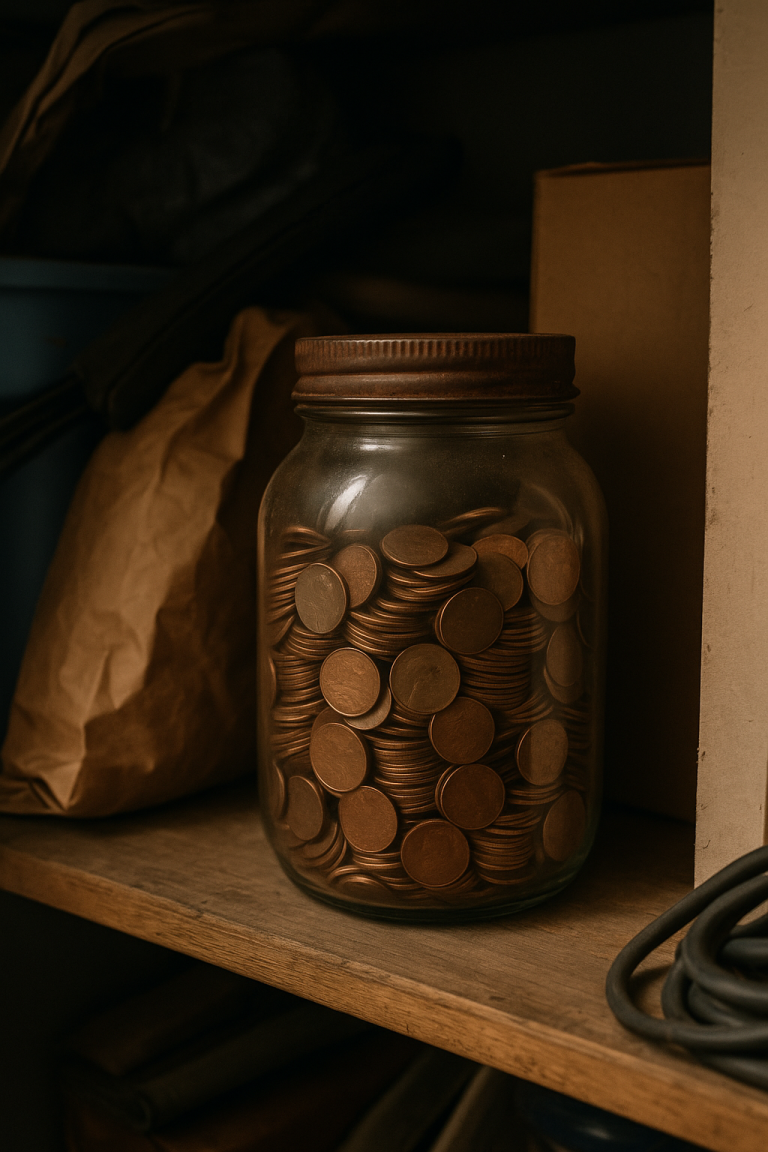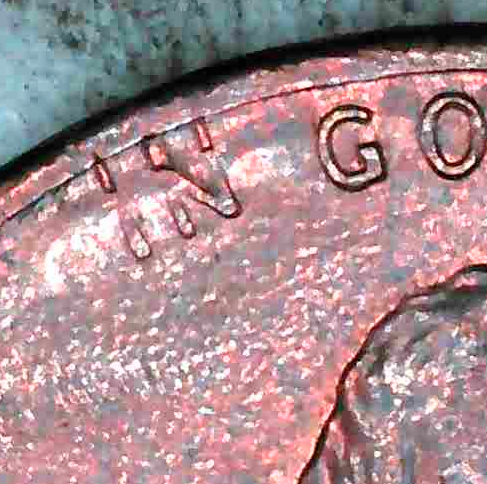IBERTY Error Cent: What It Is and What It’s Worth

The “L” in LIBERTY dropped out. Could be a grease-filled die, could be wear. Either way, it’s common and not a high-value error.
You pull a penny out of change and notice something wild. LIBERTY is missing its L. Now it reads IBERTY, and you’re already thinking pawn shop cash or maybe a headline-making discovery.
Pump the brakes. This isn’t a once-in-a-lifetime mint blunder. What you’re holding is a common strike problem. The die got clogged with grease or hit light in that spot, and the L never came through clean. It looks dramatic, but it’s not a rare variety and it’s not a ticket to quick cash.
How the L Disappeared
When a coin is struck, the design comes from the recessed parts of the die being filled with metal under tons of pressure. If that die is clogged with grease or debris, the metal can’t flow into the cavity. The result is a missing letter. That’s why your penny says IBERTY instead of LIBERTY.
But not every missing letter is a mint problem. Circulation damage can grind features down too. A hard scrape or heavy wear in the wrong spot can erase a letter just as completely as a filled die. To the naked eye, the results look similar. One is an error from the mint, the other is just damage.
The catch? Both are common, and neither carries much premium.
When Missing Features Do Matter
Some missing details turn into legends. Some coins lost parts of their design in ways that made them famous.
- 1922 “No D” Lincoln Cent: The Denver Mint overused the dies, the D mintmark faded out, and collectors treat it like a holy grail. This one brings serious money in nice condition.
- Three-Legged Buffalo Nickel: A die was over-polished and one of the bison’s front legs vanished. That oddball mistake turned into one of the most collected nickels ever.
- Wisconsin Extra Leaf Quarter: A die gouge added or removed a corn leaf on the state quarter design. It became an instant modern variety with strong demand.
These are the exceptions. They’re dramatic, repeatable, and recognized as major varieties. That’s why collectors chase them.
Your IBERTY cent? It doesn’t fall into that league. It’s a simple strike quirk or wear, not a cataloged rarity.
How to Tell Grease Fill from Damage
Start with the surface. A grease-filled die usually leaves the missing area smooth and flat, blending in with the rest of the coin. It looks like the letter was never there.
Damage is rougher. You’ll see scratches, gouges, or an uneven patch where the metal was worn down. The missing letter looks chewed up instead of cleanly absent.
Circulation wear can blur letters too, but that fading usually happens across the whole word, not just a single character. When one letter drops out while the others look sharp, grease or debris in the die is the likely culprit.
Either way, you’ve solved the mystery. You’re not holding a secret variety, you’re holding a coin that shows how messy the minting process, and everyday pocket change, can be.
What It’s Worth
IBERTY cents show up constantly. They might catch a few bids on eBay from curious buyers, but they don’t bring real premiums. Grease-filled dies and circulation wear are everyday problems, not rare mint varieties. Most sell for pocket change, if they sell at all.
Collectors spend money on errors that are rare, repeatable, and documented. The IBERTY cent doesn’t fit that mold. It’s common, random, and easy to find.
Still Worth Keeping
That doesn’t mean you should toss it back in the till. A coin like this is a great teaching piece. It sharpens your eye for the difference between mint-made quirks and actual varieties. It also adds personality to a box of oddities, the kind of collection that tells the story of how coins really live and die.
So keep your IBERTY cent. Label it. Show it to friends. Just don’t expect the market to treat it like the three-legged buffalo or the 1922 no D. It’s a cool conversation starter, not a windfall.


